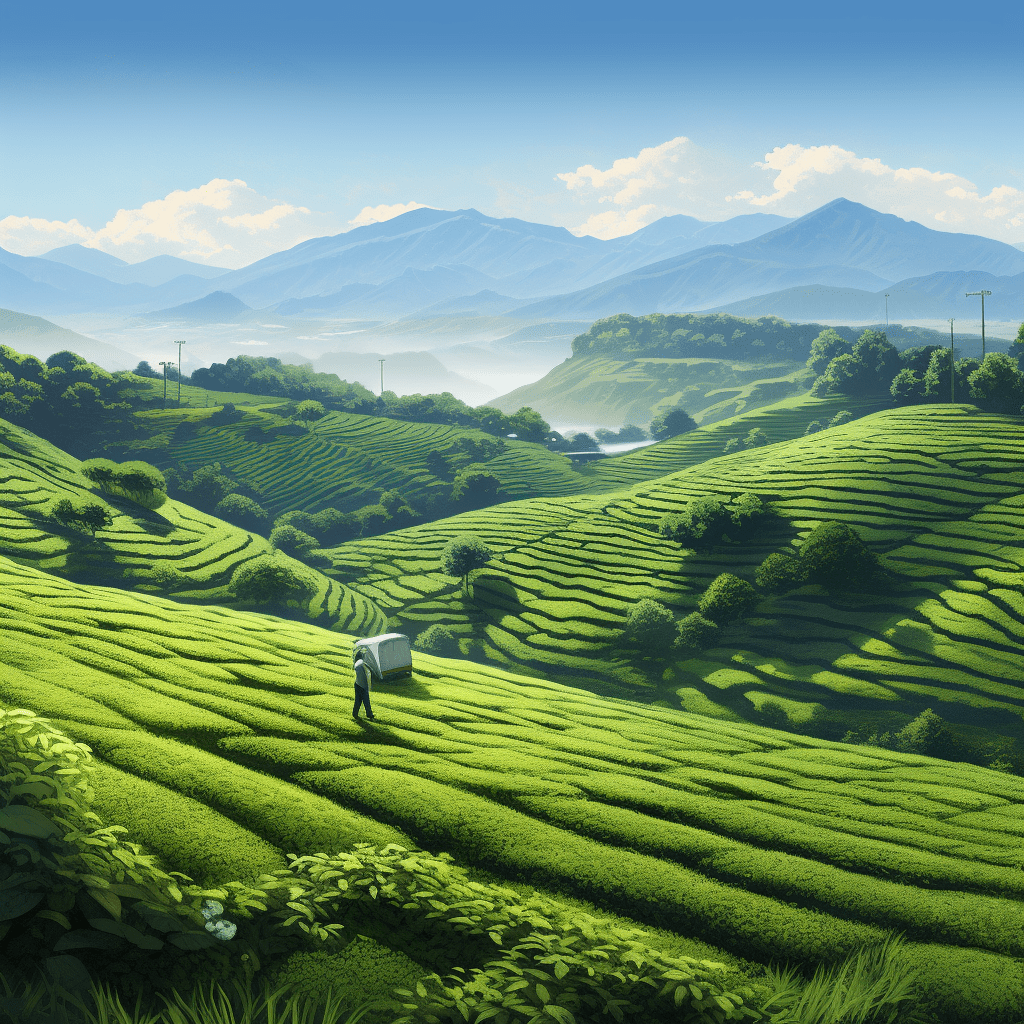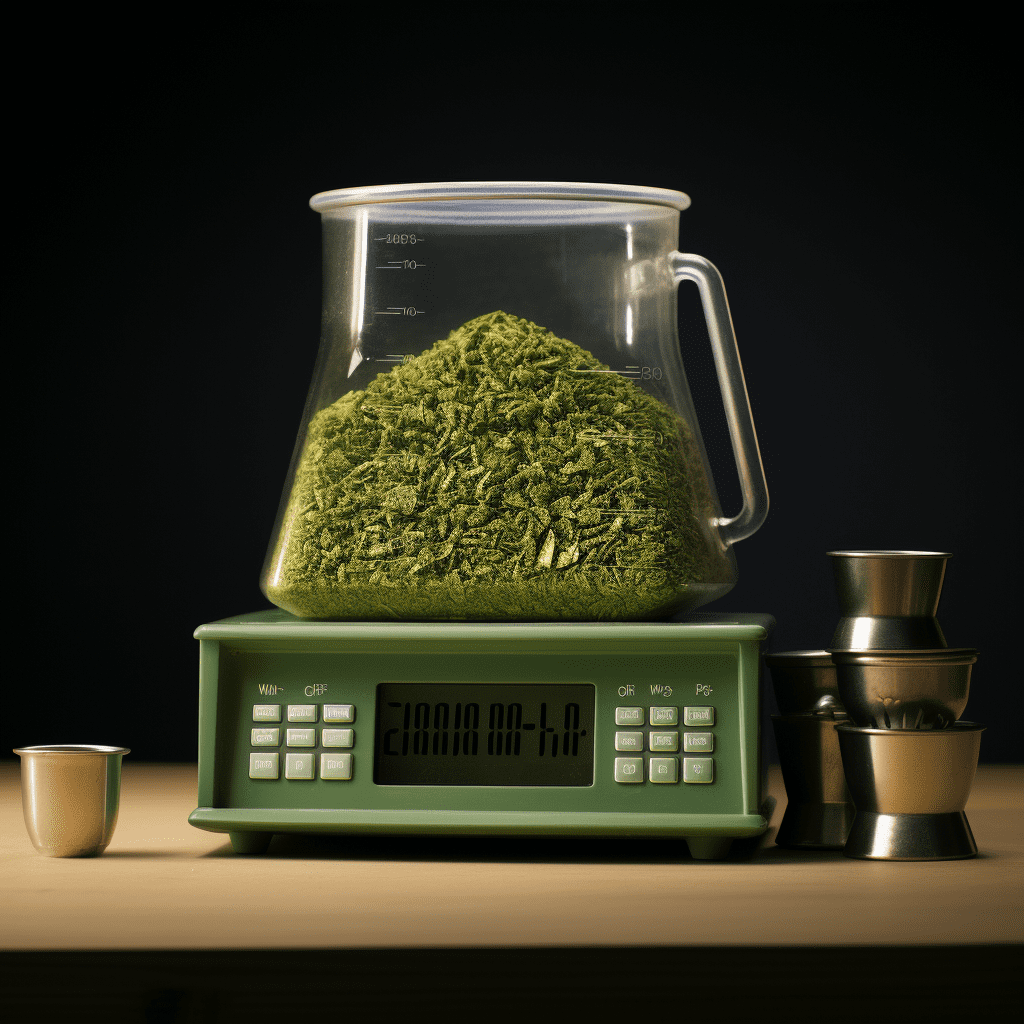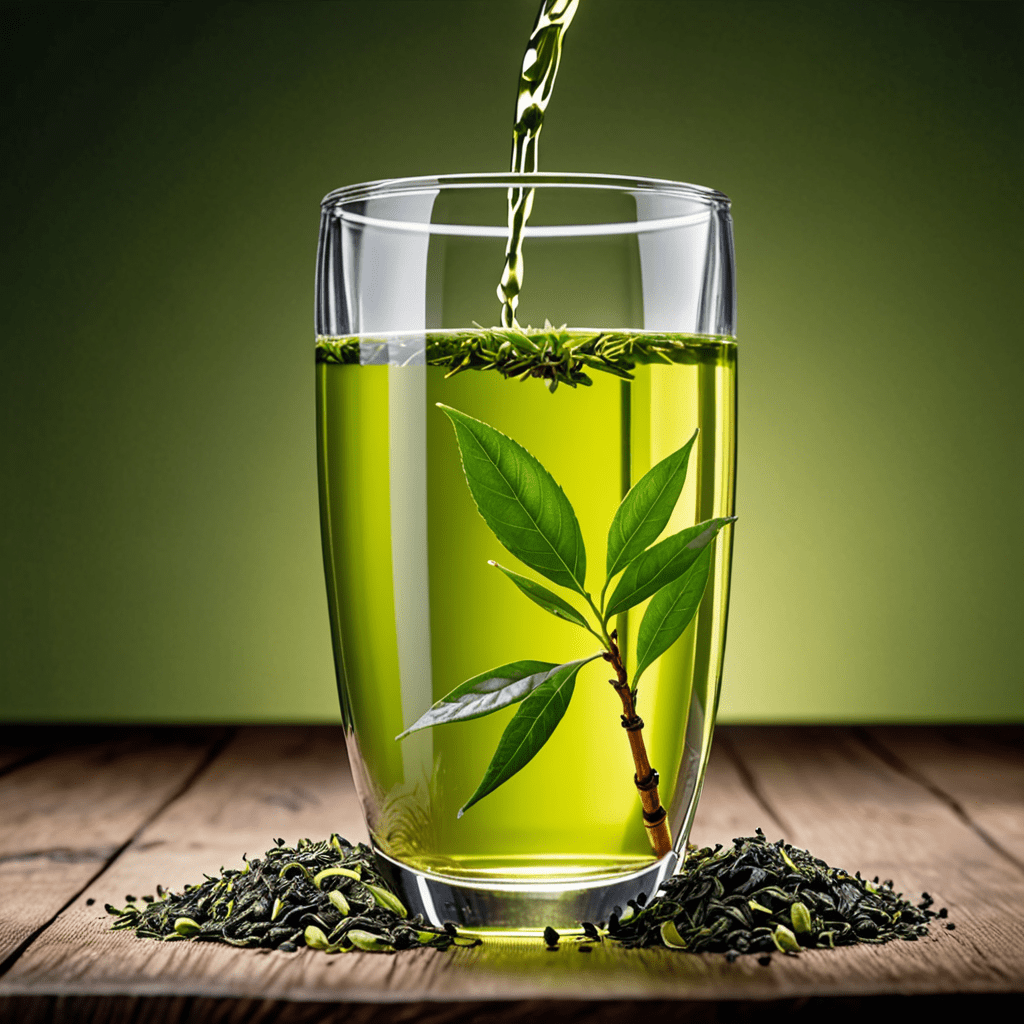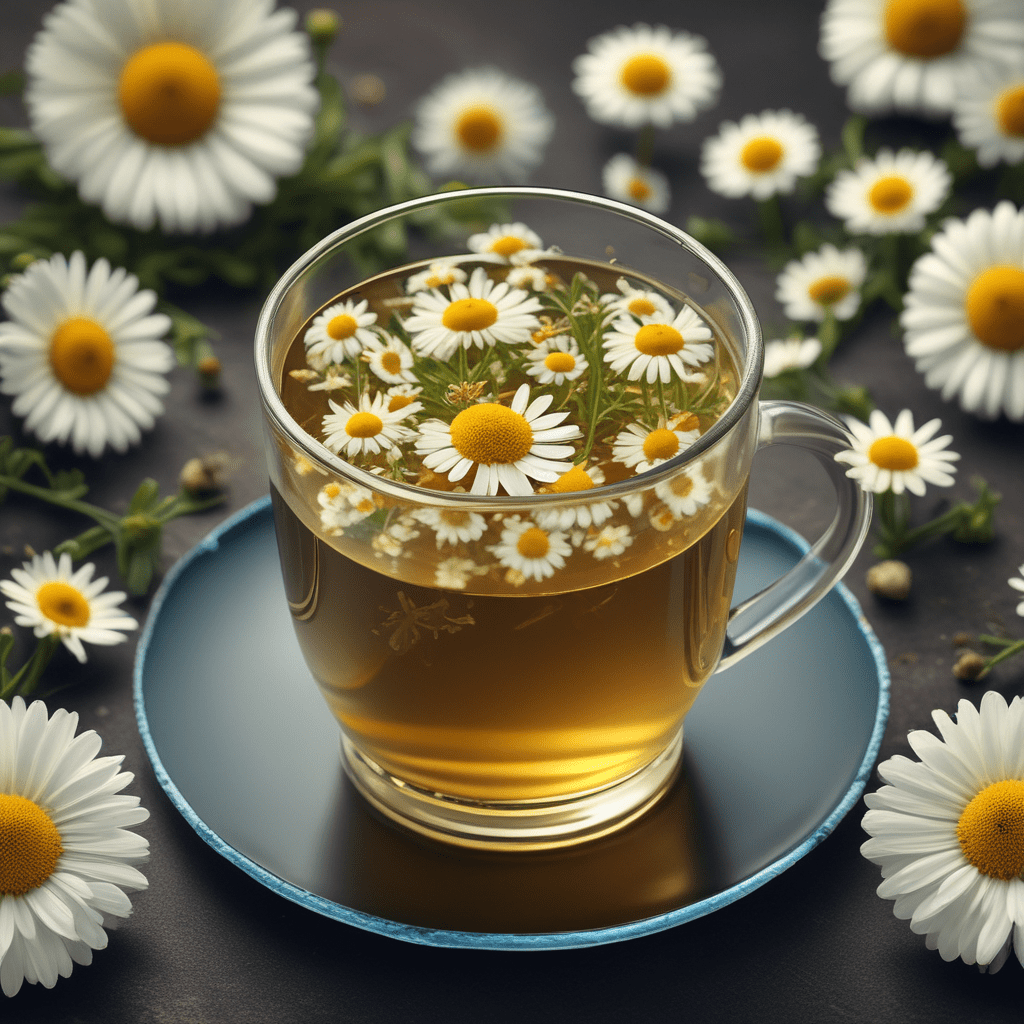
The Origins of Green Tea: Where is it Grown?
Green tea is a beloved beverage enjoyed by millions of people around the world. Known for its numerous health benefits and unique flavor profile, green tea comes in many varieties. But have you ever wondered where green tea is grown? Join us as we explore the origins of green tea and its cultivation regions.
1. China: The Birthplace of Green Tea
China holds the distinction of being the birthplace of green tea. Dating back thousands of years, the Chinese have been cultivating tea plants and drinking tea for its medicinal and refreshing qualities. Famous regions in China that produce green tea include:
- Zhejiang Province: Located in eastern China, Zhejiang Province is home to famous green tea regions like Longjing (Dragon Well) and Xihu (West Lake). These teas are known for their elegant and delicate flavors.
Anhui Province: Situated in central China, Anhui Province produces renowned green teas like Huangshan Maofeng. This tea is famous for its curly leaves and mellow, floral taste.
Jiangsu Province: In eastern China, Jiangsu Province is known for its Bi Luo Chun green tea. This tea is characterized by its small, curly leaves and fruity aroma.
2. Japan: The Land of the Rising Sun
Japan is another prominent green tea producer and is famous for its unique growing and processing methods. The Japanese have developed distinct varieties of green tea with their own flavors and characteristics. Notable green tea regions in Japan include:
- Shizuoka: Located near Mount Fuji, Shizuoka is Japan’s largest green tea growing region. It produces a wide range of green teas, including Sencha, Gyokuro, and Matcha.
Uji: Situated in Kyoto Prefecture, Uji is renowned for its high-quality Matcha. The fertile soil and ideal climate of Uji contribute to the exceptional flavor and vibrant green color of its green tea.
3. India: The Land of Chai Expands Green Tea Production
While India is famous for its chai, it is also emerging as a significant player in the green tea industry. Some regions in India have climate and soil conditions suitable for growing green tea, such as:
- Assam: Known for its robust black tea, Assam is starting to produce high-quality green teas as well. The lush landscapes and tropical climate of Assam contribute to the unique flavor profiles of its green teas.
Darjeeling: Nestled in the foothills of the Himalayas, Darjeeling is renowned for its black, oolong, and white teas. However, some tea gardens in Darjeeling also produce a limited quantity of green tea.
4. Korea: A Taste of Korean Green Tea
Korea, known for its rich tea culture, also cultivates its own varieties of green tea. The unique characteristics of Korean green tea stem from its specific growing conditions and traditional processing methods. Some notable Korean green teas include:
- Jeju Island: Located off the southern coast of South Korea, Jeju Island is a prime green tea growing region. The volcanic soil and oceanic climate create ideal conditions for producing high-quality green teas.
Hadong: Situated in the Gyeongsangnam-do Province, Hadong is famous for its tradition of tea cultivation. The region produces a variety of green teas, including Woojeon and Sejak.
5. Other Notable Green Tea Producing Regions
While the aforementioned regions are among the most prominent in terms of green tea production, several other countries also cultivate green tea, including:
- Taiwan: Taiwan is known for its oolong teas, but it also produces some exceptional green teas. The mountainous terrain and unique climate in regions like Pinglin and Alishan contribute to the distinctive flavors of Taiwanese green teas.
Vietnam: With its tropical climate and ample rainfall, Vietnam has become a significant player in the global green tea market. Notable regions in Vietnam include Thai Nguyen and Moc Chau.
FAQ: Frequently Asked Questions
1. Is green tea only grown in Asia?
No, green tea is primarily associated with Asian countries like China, Japan, India, Korea, Taiwan, and Vietnam. However, other countries like Kenya and Argentina also cultivate green tea on a smaller scale.
2. Are all green teas the same regardless of where they are grown?
No, green teas can vary significantly depending on the region where they are grown. Factors such as climate, soil, altitude, and processing methods all contribute to the unique flavors and characteristics of green teas from different regions.
3. Are there any environmental concerns related to green tea production?
Like any agricultural industry, green tea production can have environmental impacts. Some concerns include deforestation, pesticide use, and waste management. However, many producers are adopting more sustainable and eco-friendly practices to minimize these impacts.
4. Can I visit green tea plantations in these regions?
Yes, many green tea-producing regions offer opportunities for visitors to explore tea plantations, learn about tea cultivation, and even participate in tea tasting experiences. It can be a fascinating way to immerse yourself in the world of green tea and appreciate the art of tea production.
In conclusion, green tea is grown in various regions around the world, with China, Japan, India, and Korea being some of the most prominent producers. Each region contributes its own distinct flavors and characteristics to the world of green tea, making it a truly diverse and fascinating beverage. So the next time you enjoy a cup of green tea, take a moment to appreciate the hard work and craftsmanship that goes into producing this delightful beverage.


